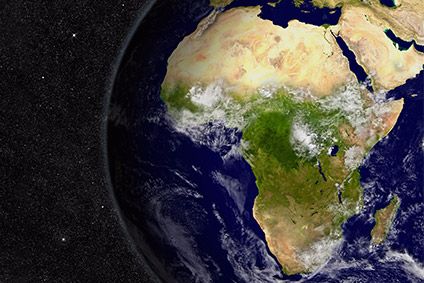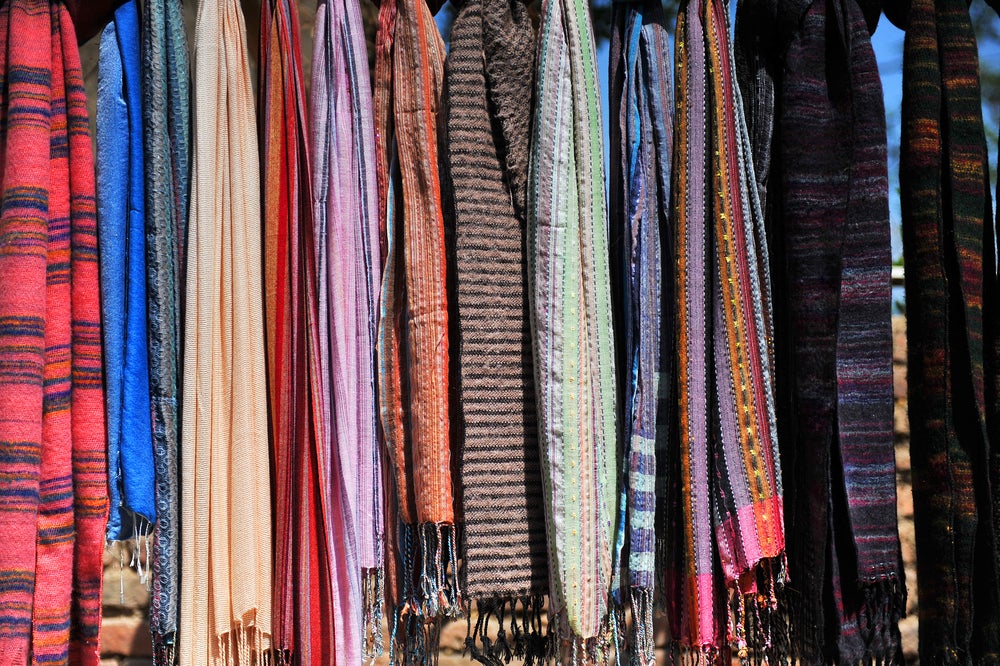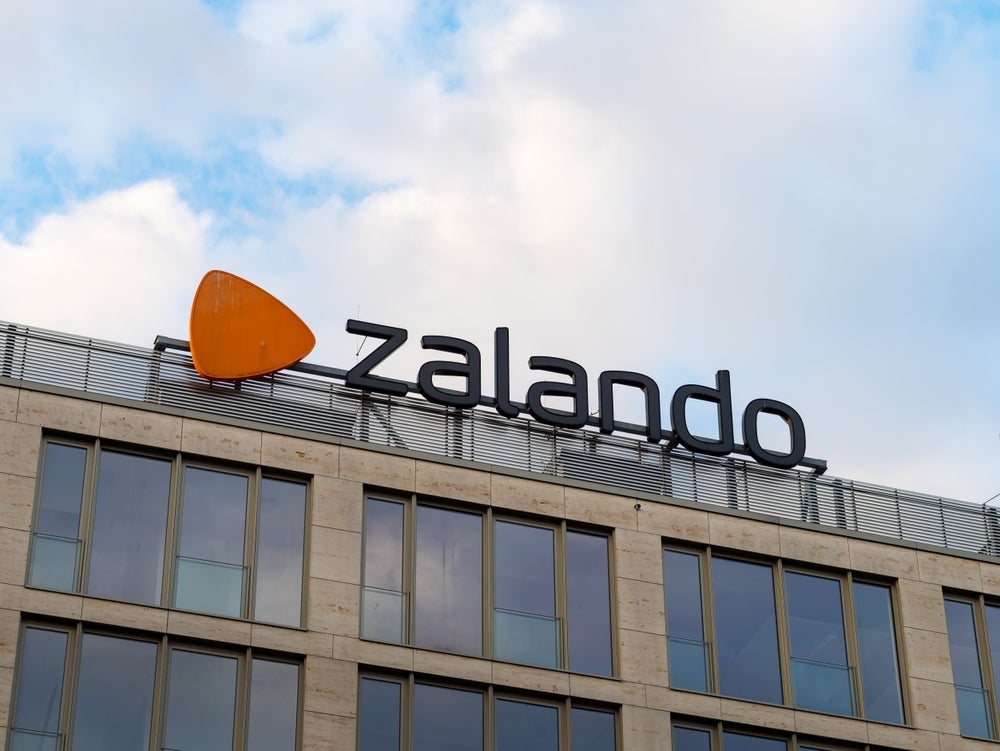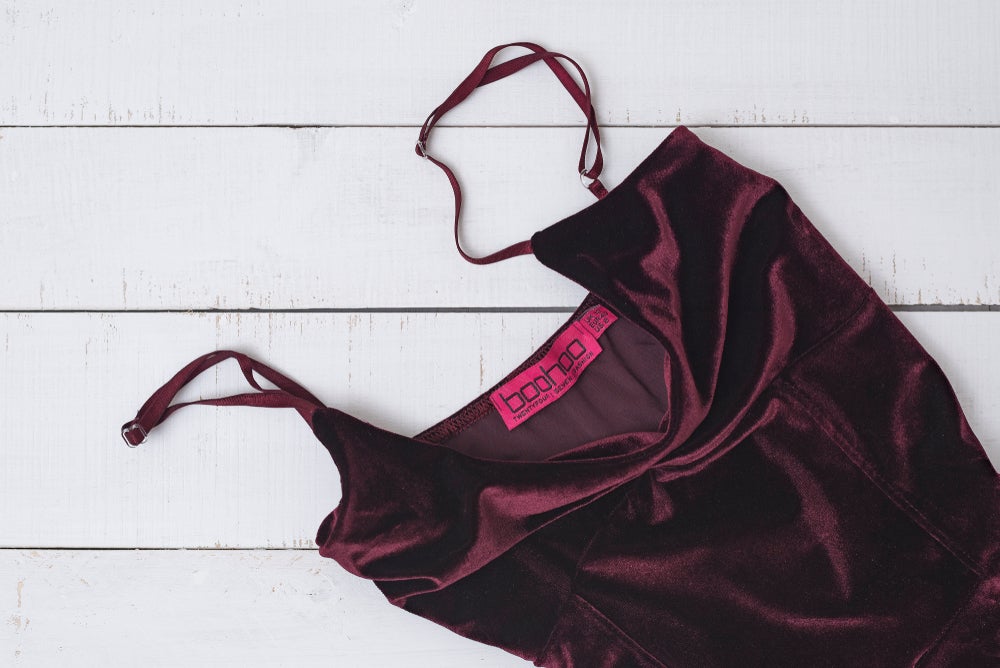
African clothing exporting countries are banking on rising costs in China and changing consumption patterns worldwide to attract buyers to the continent to take advantage of lower production costs.
Major hurdles abound, but manufacturers are hopeful that clothing facilities built from scratch that abide by international best practices will help the continent’s apparel sector develop.
“The role of Africa is growing in the world,” said Oliver Zieschank, an economist at the International Textile Manufacturers Federation (ITMF), speaking at the Destination Africa B2B clothing and textile sourcing event that has just taken place in Cairo. “If investment comes, there is the possibility to absorb the market that will be created by the shift that is happening in China with an increasing middle class and higher hourly wages, which creates a vacuum to be filled by other regions.”
Held for the second year running, the event was organised by the Egyptian Government, export councils and the UN’s International Labour Organisation (ILO) to promote Africa as a ‘new frontier’ for garment and textile manufacturing.
Rising costs
While China remains the world’s largest garment producer, followed by Bangladesh, African manufacturers have noted how production costs are increasing as China’s GDP per capita rises. Furthermore, China’s acquisition of textile machinery is on a downward slope, having gone from 76% of global purchases between 1995 and 2005, to 58% until 2016, according to Jaswinder ‘Jas’ Bedi, chairman of the Export Promotion Council of Kenya.
“China is still the biggest animal in the room, but…the sector’s entire business model is based around where can I get a better deal,” he said.
How well do you really know your competitors?
Access the most comprehensive Company Profiles on the market, powered by GlobalData. Save hours of research. Gain competitive edge.

Thank you!
Your download email will arrive shortly
Not ready to buy yet? Download a free sample
We are confident about the unique quality of our Company Profiles. However, we want you to make the most beneficial decision for your business, so we offer a free sample that you can download by submitting the below form
By GlobalDataAfrica is well poised to take advantage of lower average wage costs, which range from US$60 per month in East Africa to US$100 in Egypt, and the continent’s competitive advantage is sharpened by free trade agreements with the US and Europe, and its proximity to European markets.
“We can’t prove that buyers are leaving Asia, but from 2016 there is demand for sourcing clothes closer-by, with a focus on Africa,” says Dhyana Van Der Pols, CEO of Netherlands-based Nash International and a supply chain strategist at Dutch clothing company G-Star RAW. She adds, brands like G-Star RAW “want to re-shore to ‘greater Europe’. By that I mean Africa in general, and mainly dominated by North Africa.”
Growing interest
Potential buyers were at Destination Africa exactly for that reason. “I’m here to source because China has become too expensive, while the quality in Bangladesh and Pakistan is not that great. We already work with Tunisia and Turkey, so we’re here to understand the opportunities,” said Giacomo Romoli, supply chain director at Guess Europe.
Bedi is optimistic such buying trends will continue with Asian manufacturers increasingly in demand to supply growing Asian markets – enabling Africa to focus on Europe and North America.
“The current [garment] market size of the US and EU [European Union] is US$674bn, while it is $326bn in India and China combined. That tells you the biggest market is the west, but consumption is changing rapidly,” said Bedi, with per capita fibre consumption in the US at 39kg, and 25kg in the EU. “In China it’s 15.5kg, and ten years ago it was 5kg. In 2025 it will be 25kg, and a huge market.”
Bedi argued that due to fast fashion and retailers’ unwillingness to hold extensive inventory, supply will become increasingly shorter. As a result, production will be regionally sourced. “Asian production will be within Asia,” he said.
With the US and European annual clothing markets forecast to be worth $725bn by 2025, according to Bedi, Africa will be the natural sourcing destination. “From 2005 onwards, exports from Africa have quadrupled to the US, based on FTAs [free trade agreements] and the African Growth and Opportunity Act (AGOA),” he said.
No alternative
Bedi’s optimism was echoed by other conference speakers. “I think it is quite simple, there’s no other reasonable alternative to Asia. China’s capacity is absorbed internally, and while Bangladesh is planning to expand, it’s pretty much full,” said Roy Ashurst, a consultant to the Ethiopian Investment Commission, who has worked with PVH in the past.
He forecast that garment exports from Ethiopia will surge from $150m in 2016 to $1bn in 2018, bolstered by the development of new industrial cities and major buyers like luxury goods group LVMH already sourcing from the East African country.
And despite the pressure of fast fashion to locate close to markets, Van Der Pols said African producers should not ignore Asia. “European brands don’t understand that our market size will be soon overtaken by China and India. For African manufacturers, rather than focus on traditional markets – for Egypt that is Europe and the US – it’s worthwhile looking at Asian markets,” she said.
But which African countries might provide the manufacturing muscle of this new regional outsourcing centre? The jury is still out. While there was much talk of the potential of sub-Saharan African manufacturing, at Destination Africa there were only manufacturers and export promotion bodies from Egypt, Ethiopia, Nigeria, Tunisia and Madagascar. It was indicative of the current dominance of North African producers in the region, although South African companies – whose quality and strength remain significant – just did not turn up.
“Our biggest challenge is promotion, as buyers know where we are on the map but not that we produce or manufacture,” said Irchad Houssein, COO of Madagascar Garments, which sells to US buyers.
The key to developing manufacturing in sub-Saharan Africa is greater cooperation, improved logistics and trade. “There’s huge potential based on complementarity between north and southern Africa in the value chain, for spinning, weaving, finishing and sewing. There needs to be a transfer of know-how,” said Samir Ben Abdallah, president of the Professional Clothes and Clothing Group, which is part of CONECT (the Confederation of Tunisian Citizen Enterprises).
There is a significant way to go for intra-African trade to develop, which only accounts for 11% of international trade within the region, compared to 60% within the EU, according to Bedi. Tunisia is a case in point, with only 1.3% of textile and clothing imports from Egypt (5,024 tonnes) in 2016, compared to 19% from France, and 23% from Italy. Tunisia exported just 664 tonnes to Egypt in 2016, according to Ben Abdallah.
Cooperation is going to be critical to reduce lead times that will attract fast fashion buyers, said Ashurst. “If [Ethiopia] imports fabric from Shanghai, it takes 35 days to get to Djibouti, but we could get it from Cairo in five days, so there would be no need to set up a mill in Ethiopia,” he explained.
He also emphasised the potential of new African factories being established according to best practice. “Compliance is a big issue globally and we’re building from scratch, so zero effluents and no denim rivers like in Bangladesh or China.”
Some buyers however were hoping for wider participation from around the continent. “We buy yarn from Egypt, and my intention was to meet spinners from Africa but there weren’t any here, just Egyptian mills. I’m always looking for new sources,” said Simone Kuhnhen, purchasing manager at yarn finisher TVU Garnvertrieb GmbH, in Germany, which sells to weavers and knitters.
Exhibitors at the Destination Africa event also explained how African governments are waking up to the fact that the continent could be a ‘new frontier’ for garment sourcing:







